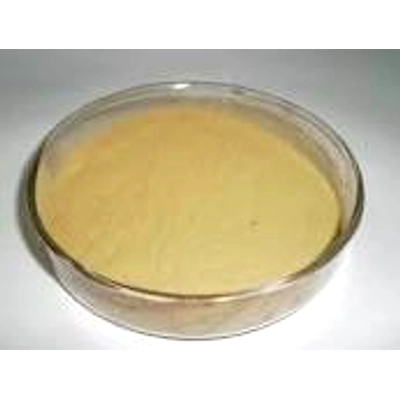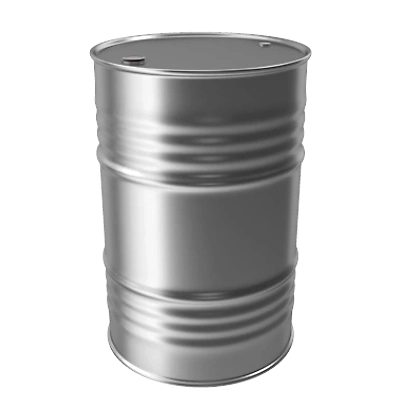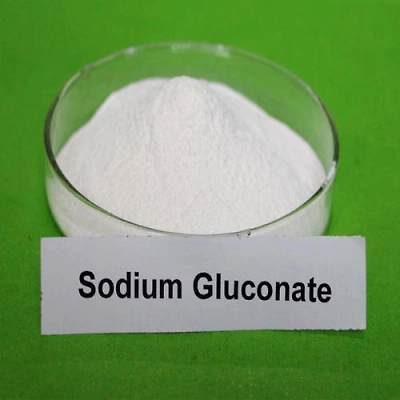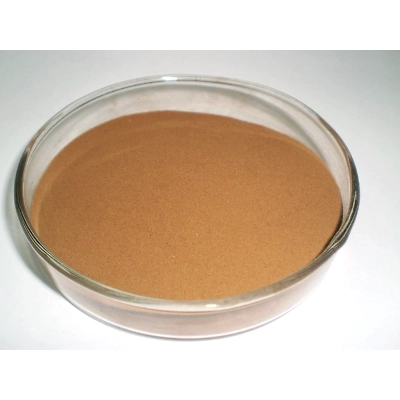Calcium LignoSulphate
Calcium Lignosulphonate
Calcium silicon, containing 22-35% calcium and 60-65% silicon. It is mainly used as an inoculant for cast iron. Calcium silicon alloy has a strong reducing ability and is also used as a deoxidizer for high-quality steel. Since calcium is very active at steelmaking temperature, the effect is not easy to be stable, so it is advisable to add some kind of retarder.
As a deoxidizer for steel, silicon-calcium-barium alloy or silicon-calcium-barium-aluminum alloy, or silicon-calcium-manganese alloy is mostly used.
Application
Since calcium has a strong affinity with oxygen, sulfur, hydrogen, nitrogen and carbon in molten steel, silicon-calcium alloys are mainly used for deoxidation, degassing and fixation of sulfur in molten steel.
Calcium silicon produces a strong exothermic effect when added to molten steel.Calcium turns into calcium vapor in molten steel, which has a stirring effect on molten steel and is beneficial to the floating of non-metallic inclusions. After the silicon-calcium alloy is deoxidized, non-metallic inclusions with larger particles and easy to float are produced, and the shape and properties of non-metallic inclusions are also changed.Therefore, silicon-calcium alloy is used to produce clean steel, high-quality steel with low oxygen and sulfur content, and special performance steel with extremely low oxygen and sulfur content.The addition of silicon-calcium alloy can eliminate the nodulation of the steel with aluminum as the final deoxidizer at the ladle nozzle, and the clogging of the nozzle of the tundish of continuous casting | ironmaking. In the refining technology outside the furnace of steel, silicon-calcium powder or core wire is used for deoxidation and desulfurization to reduce the content of oxygen and sulfur in steel to a very low level; it can also control the form of sulfide in steel and improve the utilization rate of calcium. In the production of cast iron, in addition to deoxidation and purification, silicon-calcium alloy also plays an inoculating role, which helps to form fine-grained or spherical graphite; makes the graphite in gray cast iron evenly distributed, reduces the whitening tendency; and can increase silicon and desulfurize , Improve cast iron quality.
AVAILABLE IN 25/50 KG BAG
Oleic Acid
OLEIC ACID Technical Grade
Sodium Gluconate
Sodium Gluconate HS Code: 29181690 Molecular Formula: NaC6H11O7 Description Sodium gluconate is a compound with formula NaC6H11O7. It is the sodium salt of gluconic acid. Its E number is E576. Properties Chemical formula: C6H11NaO7 Molar mass: 218.14 g·mol−1 Appearance: White powder Odor: Odorless Solubility in water: 59 g/100 mL Solubility in ethanol and diethyl ether: Slightly soluble Uses Sodium gluconate is widely used in textile dyeing, printing and metal surface water treatment. It is also used as a chelating agent, a steel surface cleaning agent, a cleaning agent for glass bottles, and as a chelating agent for cement, plating and alumina dyeing industries.
Sodium LignoSulphate
Sodium Lignosulphonate
Sodium Silicate
SODIUM SILICATE
Hs Code:28391900
Chemical Formula:Na2SiO3







